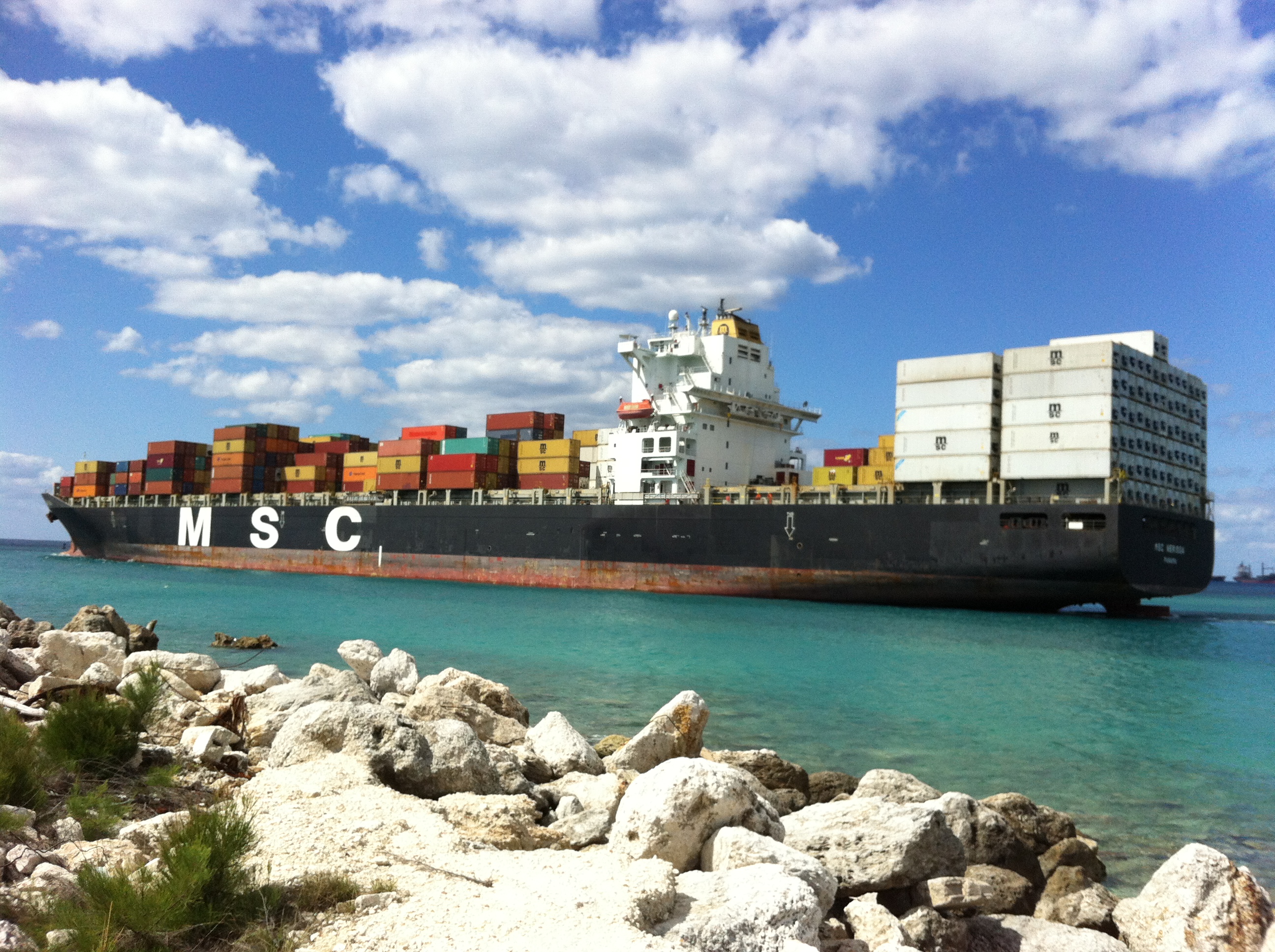“I question the mind set that says we have to do these foreign ventures when our nation is not under direct threat. The other is the priority over the greater national security threat – our balance sheet and the fact that half of every treasury auction is currently purchased by overseas entities. Much of our overseas activity has been elective and much has not resulted in any US advantage or payback. More importantly though, is the priority of overseas ventures relative to our urgent need to regain control of our country’s financial health. By relying so heavily on foreign investment simply to keep our lights on we have put ourselves in a position none of us would permit for our family’s financial security. When a broad array of foreign central banks and capital markets players have the ability to drop the value of the dollar, drive our interest rates several points up and lead us to significant inflation in short order, our nation is truly in peril.
The fact is that the cost of any foreign venture today needs to be weighed against the perilous state of our balance sheet and the degree to which others could sink us so quickly. I have not always been a Buchanan, but we need to bring our focus back home and let others carry the globe for a while. Imagine how much our global stewarding efforts will be appreciated after we leave them to others! If we don’t fix our financial problem very soon, our nation needs to start looking for a park bench in St. Petersburg, FL because our days as a player will be history.”
America’s disastrous debt is Obama’s biggest test
By Roger Altman
Financial Times
Published: April 19 2010 23:05 | Last updated: April 19 2010 23:05
Why is this outlook dangerous? Because dollar interest rates would be so high as to choke private investment and global growth.
Yet, everyone already knows the big elements of a solution. The deficit/GDP ratio must be reduced by at least 2 per cent, or about $300bn in annual spending. It must include spending cuts, such as to entitlements, and new revenue. The revenues must come from higher taxes on income, capital gains and dividends or a new tax, such as a progressive value added tax.
It will be political and financial factors that determine which of three budget paths America now follows. The first is the ideal. Next year, leaders adopt the necessary spending and tax changes, together with budget rules to enforce them, to reach, for example, a truly balanced budget by 2020. President Bill Clinton achieved a comparable legislative outcome in his first term. But America is more polarized today, especially over taxes.
The second possible course is the opposite: government paralysis and 10 years of fiscal erosion. Debt reaches 90 per cent of GDP. Interest rates go much higher, but the world’s capital markets finance these needs without serious instability.
History suggests a third outcome is the likely one: one imposed by global markets. Yes, there may be calm in currency and credit markets over the next year or two. But the chances that they would accept such a long-term fiscal slide are low. Here, the 1979 dollar crash is instructive. The Iranian oil embargo, stagflation and a weakening dollar were roiling markets. Amid this nervousness, President Jimmy Carter submitted his budget, incorporating a larger than expected deficit. This triggered a further, panicky fall in the dollar that destabilized markets. This forced Mr Carter to resubmit a tighter budget and the Fed to raise interest rates. Both actions harmed the economy and severely injured his presidency.
America’s addiction to debt poses a similar threat now. To avoid an imposed and ugly solution, Mr Obama will have to invest all his political capital in a budget agreement next year. He will be advised that cutting spending and raising taxes is too risky for his 2012 re-election. But the alternative could be much worse.
The writer is chairman of Evercore Partners and was deputy US Treasury secretary under President Clinton

